GeForce 472.12 Driver Performance Analysis – 24 games benchmarked using an RTX 3080 and 2080 Ti
This driver performance analysis showcases the performance of a Gigabyte AORUS RTX 3080 MASTER (Ampere architecture) and an EVGA RTX 2080 Ti BLACK (Turing architecture) with 24 PC games using the latest GeForce 472.12 Game Ready driver. We compare these drivers versus our previously recommended driver 471.96 with both cards, and we perform all tests on the same game version and the same OS build.
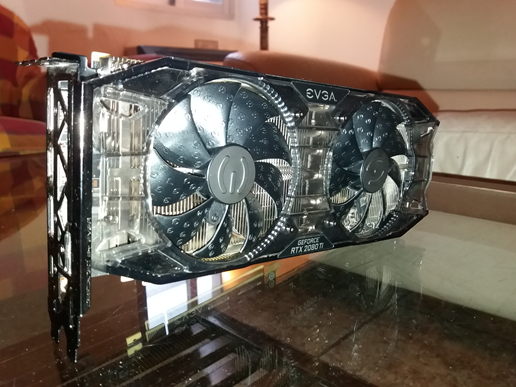
Our testing platform is a recent install of Windows 10 64-bit Pro Edition, an i9-9900K with stock clocks, a Gigabyte Z390 AORUS PRO motherboard, and 32GB of Kingston DDR4 3333MHz. The games tested, settings and hardware are identical except for the GPUs we use and the drivers we compare.
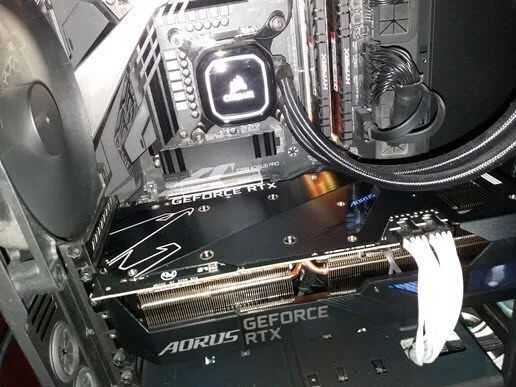
Benching Methodology
Test Configuration – Hardware
- Intel Core i9-9900K (Hyper-Threading/Turbo boost on; stock settings)
- Gigabyte Z390 AORUS PRO motherboard (Intel Z390 chipset, v.F12l BIOS)
- Kingston HyperX Predator 32GB DDR4 (2×16GB, dual-channel at 3333 MHz CL16)
- Gigabyte AORUS GeForce RTX 3080 MASTER 10GB (rev. 1.0); v.F4 VBIOS, stock clocks
- EVGA GeForce RTX 2080 Ti BLACK EDITION GAMING 11GB, stock clocks
- Samsung 500GB SSD 960 EVO NVMe M.2
- WD Blue 1TB SATA SSD
- Corsair RM750x, 750W 80PLUS Gold power supply unit
- ASUS TUF Gaming VG289Q 28? IPS UltraHD (3840×2160) 60Hz 5ms FreeSync Monitor for testing games at 2160p resolution.
- ASUS ROG Swift PG279Q 27? IPS QuadHD (2560 x 1440) 165Hz 4ms G-Sync Monitor for testing games at 1440p resolution.
Test Configuration – Software
- NVIDIA GeForce 471.96 and 472.12 drivers; ‘High Quality’ and ‘prefer maximum performance’ (on a per-game profile-basis); fixed refresh rate (globally).
- Resizable BAR off – Why? Read main reasons here.
- V-Sync application controlled in the control panel, V-Sync off in-game.
- AA and AF as noted in games; all in-game settings are specified.
- Windows 10 64-bit Pro edition, latest updates v21H1, High-performance power plan, HAGS off (why?), Game Mode, Game DVR & Game Bar features off.
- GIGABYTE and ASUS tools not installed.
- Latest DirectX
- All 24 games are patched to their latest versions at the time of publication.
- 3DMark’s suite and UNIGINE Superposition benchmark, the latest version
- Basemark GPU benchmark, v.1.1
- UNIGINE Superposition, v.1.1
- CapFrameX (CX), the latest version
- RivaTuner Statistics Server (RTSS), the latest version
- Display Driver Uninstaller (DDU), the latest version; always uninstall old driver using DDU in safe mode, clean, and restart.
-
ISLC (Purge Standby List) before each benchmark.
GeForce Driver Suite-related
- We use Standard Game Ready drivers.
- The display driver is installed.
- We install the latest version of PhysX.
Hybrid & Non-Synthetic Tests-related
- Single run per test.
Game Benchmarks-related
- The corresponding built-in or custom benchmark sequence is used.
Frametimes Capture & Analysis tool-related
- CapFrameX is used for capturing and analyzing the relevant performance numbers obtained from each recorded built-in or custom benchmark sequence.
- Consecutive runs until detecting 3 valid runs (no outliers) that can be aggregated by CapFrameX using the following method:
- ‘Aggregate excluding outliers’:
- Outlier metric: Third, P0.2 (0.2% FPS percentile).
- Outlier percentage: 3% (the % the FPS of an entry can differ from the median of all entries before counting as an outlier).
- ‘Aggregate excluding outliers’:
- We compare and value the results and aggregated records in terms of percentages of gain/loss, by setting the following thresholds to consider a certain % value as significant (not within the margin of error) for our benchmarking purposes:
- Score/FPS Avg > 3% when valuing hybrid and non-synthetic benchmarks;
- FPS Avg > 3% when evaluating raw performance;
- P1/P0.2 > 3% when evaluating frame time consistency; after applying our custom formula
{[(LowPercentileFPS_2 / AvgFPS_2) / (LowPercentileFPS_1 / AvgFPS_1)] – 1} x 100
Benchmark Suite: 24 PC Games, 4 Hybrid & 4 Non-Synthetic Tests
Hybrid Tests (3DMark)
- DirectX Raytracing feature test
- Fire Strike Ultra
- Port Royal
- Time Spy Extreme
Non-Synthetic Tests
- Basemark GPU
- Boundary: Raytracing Benchmark
- Neon Noir (Benchmark)
- UNIGINE Superposition
DX11 Games
- Borderlands 3 (DX11)
- Chernobylite (DX11)
- Days Gone (DX11)
- Deus Ex: Mankind Divided (DX11)
- Far Cry New Dawn (DX11)
- Neon Noir (DX11; Loop Mode)
- Tom Clancy’s Ghost Ghost Recon Breakpoint (DX11)
DX12 Games
- Borderlands 3 (DX12)
- Cyberpunk 2077 (DX12)
- DIRT 5 (DX12)
- F1 2021 (DX12)
- Godfall (DX12)
- Horizon Zero Dawn (DX12)
- LEGO® Builder’s Journey (DX12)
- Metro Exodus (DX12)
- Metro Exodus PC Enhanced Edition (DX12)
- Myst (2021, DX12)
- Red Dead Redemption 2 (DX12) – NEW
- Shadow of the Tomb Raider (DX12)
- Tom Clancy’s The Division 2 (DX12)
- Watch Dogs: Legion (DX12)
Vulkan Games
- DOOM Eternal (VK)
- Quake 2 RTX (VK; v.1.5.0)
- Red Dead Redemption 2 (VK) – NEW
- Strange Brigade (VK)
- Tom Clancy’s Ghost Recon Breakpoint (VK)
- Wolfenstein Youngblood (VK)
NVIDIA Control Panel settings
Here are the global NVIDIA Control Panel settings:
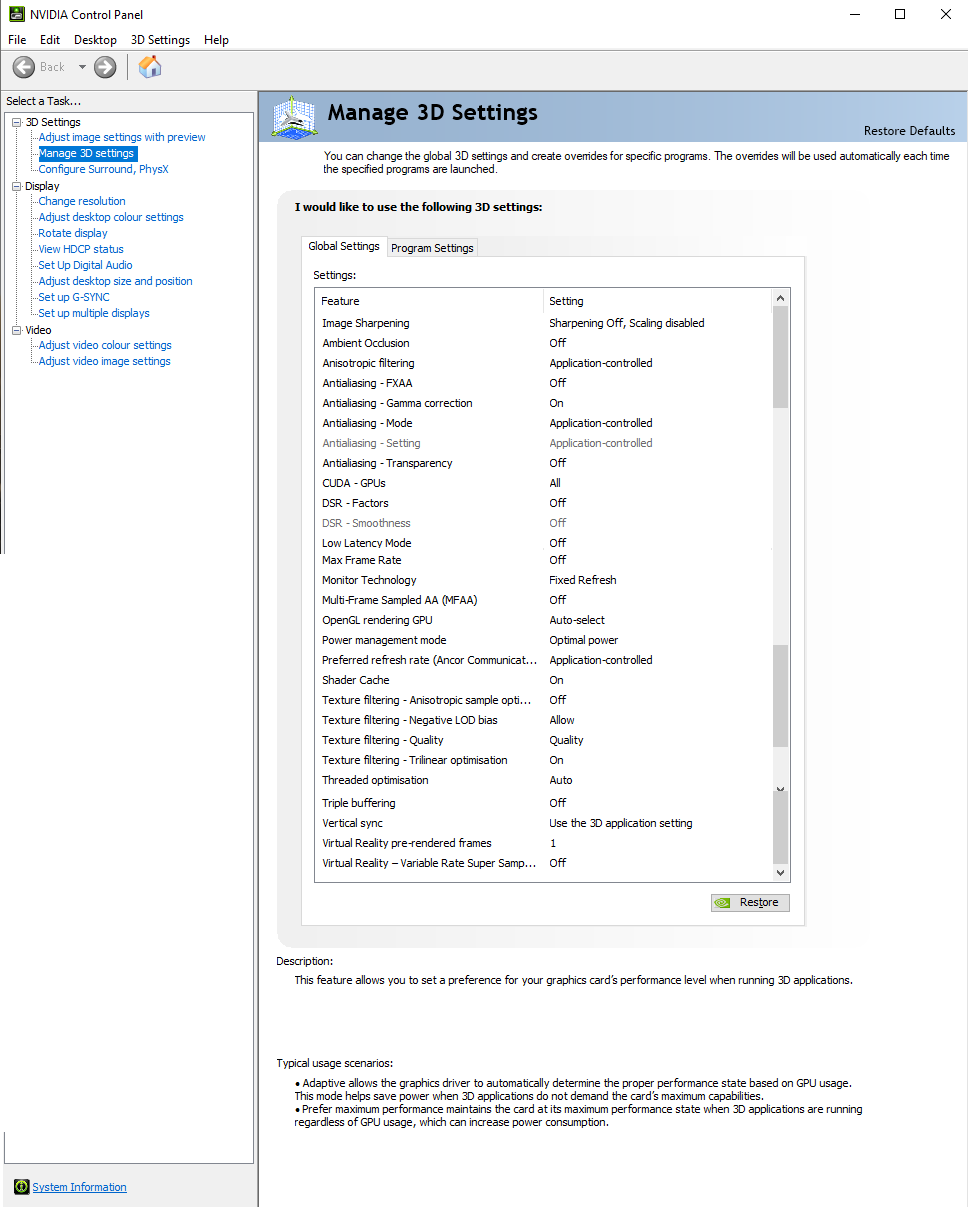
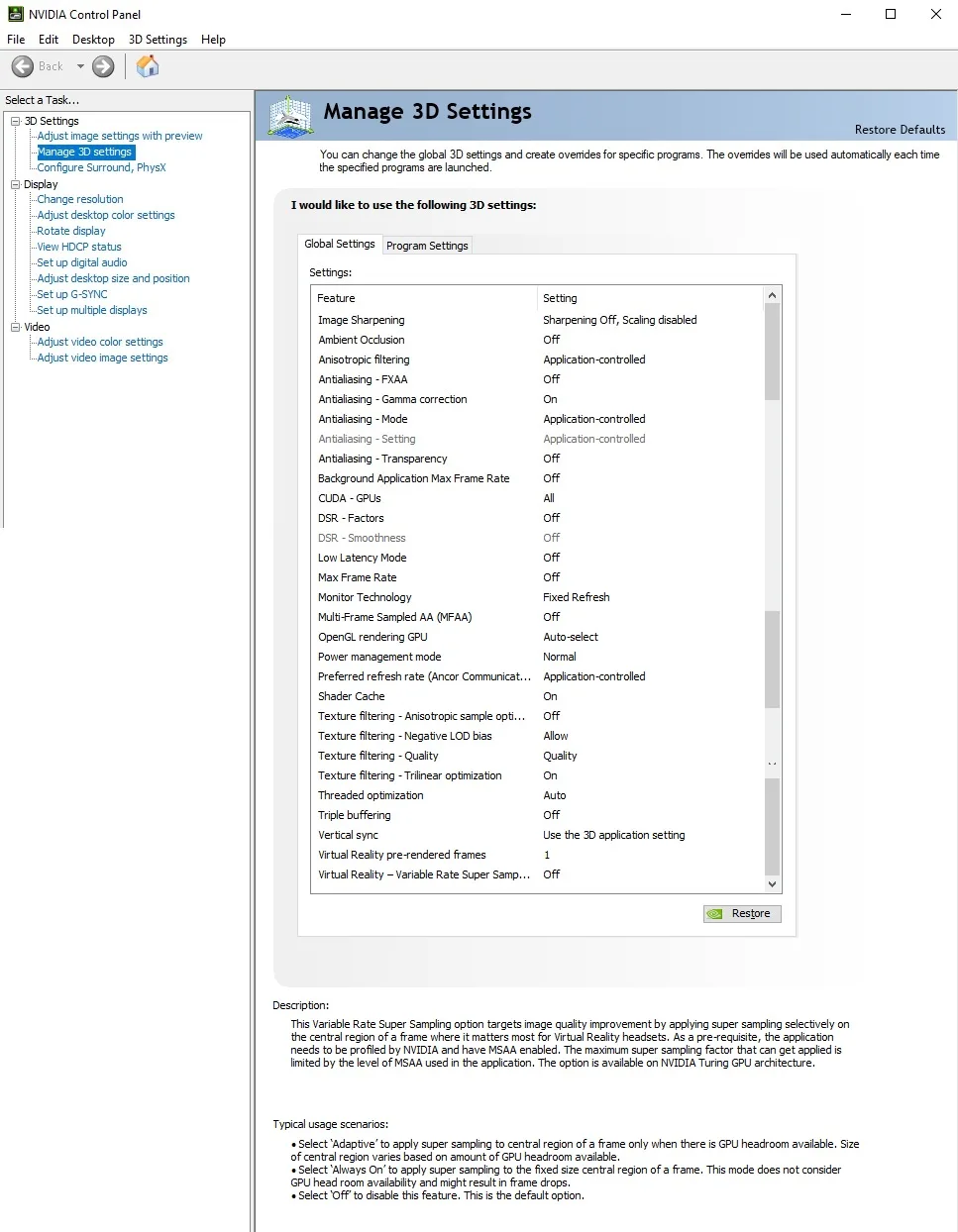
Both ‘High-Quality’ values for texture filtering-quality setting and ‘Prefer maximum performance’ for power management mode are set on a per-game or program profile-basis via Manage 3D Settings > Program settings tab.
GeForce 472.12 Game Ready WHQL Drivers
This latest GeForce Game Ready 472.12 driver was released on Monday (09/20/21) primarily to brings support for the official release of Windows 11 (October 5, 2021), including support for the latest Windows gaming features for RTX users, such as full DirectX 12 Ultimate support, Auto HDR with G-Sync Ultimate or G-Sync HDR-capable monitors on DirectX 11 or DirectX 12 SDR games, and DirectStorage technology.

This new driver adds optimized support for Alan Wake Remastered, which features DLSS technology, the latest update to Deathloop, which adds NVIDIA Reflex technology, as well as Diablo II: Resurrected, Far Cry 6, Hot Wheels Unleashed, Industria, New World, and World War Z: Aftermath.
NVIDIA Deep Learning Anti-Aliasing (DLAA) Supported
GeForce 472.12 also introduces support for NVIDIA DLAA (Deep Learning Anti-Aliasing) technology, and you can try its first implementation available on Elder Scrolls Online test servers:
Many gamers want higher frame rates. But others have plenty of FPS and instead want to maximize image quality. NVIDIA DLAA (Deep Learning Anti-Aliasing) is a new AI-based anti-aliasing mode for users who have spare GPU headroom and want higher levels of image quality. DLAA uses the same technology developed for DLSS, but works on a native resolution image to maximize image quality instead of boosting performance. – Source NVIDIA
The download links for the latest GeForce 472.12 drivers can be found starting here. The release notes can be found here as a downloadable pdf file. Here are the release highlights from NVIDIA’s website:
Game Ready Drivers provide the best possible gaming experience for all major new releases. Prior to a new title launching, our driver team is working up until the last minute to ensure every performance tweak and bug fix is included for the best gameplay on day-1.
Game Ready for Windows 11
This new Game Ready Driver provides support for the official launch of Windows 11, including a variety of new features and functionality to enhance your gaming and productivity. In addition, this new Game Ready Driver offers support for the latest new titles and updates, including Alan Wake Remastered which utilizes NVIDIA DLSS to boost framerates by up to 2x at 4K resolution. Additionally, this release always provides optimal support for the latest update to Deathloop which introduces NVIDIA Reflex technology, as well as the launch of Diablo II: Resurrected, Far Cry 6, Hot Wheels Unleashed, Industria, New World, and World War Z: Aftermath.
The GeForce 472.12 Driver Performance – Summary Charts with 24 Games
Below you can find the summary charts of our representative selection of 24 games plus 4 hybrid and 4 non-synthetic benchmarks. We chart our games’ driver performance progression from version 471.96 to 472.12 using both the AORUS RTX 3080 MASTER and the EVGA RTX 2080 Ti BLACK.
You can see the list of graphics settings on the charts, and we run each built-in or custom game benchmark’s sequence at 2560×1440, except for Borderlands 3, Days Gone, Far Cry New Dawn, and Red Dead Redemption 2 tested at 3840×2160 resolution. You may click on each chart to open a pop-up for the best viewing.
Results give average framerates and higher is better. We display the low FPS percentiles (P1 and P0.2) below the corresponding averages. We use CapFrameX to record frametimes over time and to visualize and convert them into their corresponding average FPS and P1 and P0.2 FPS percentiles values.
There are also columns showing percentages of gain/loss in both raw performance (average FPS) and, when applicable, in frametimes consistency or stability between the different driver versions. We applied the following custom formula to calculate the stability gains or losses:
{[(LowPercentileFPS_2 / AvgFPS_2) / (LowPercentileFPS_1 / AvgFPS_1)] – 1} x 100
We mark significant performance changes (higher than 3%) in bold and use purple for the significant improvements or orange font for regressions.
GeForce 472.12 Driver Performance Charts


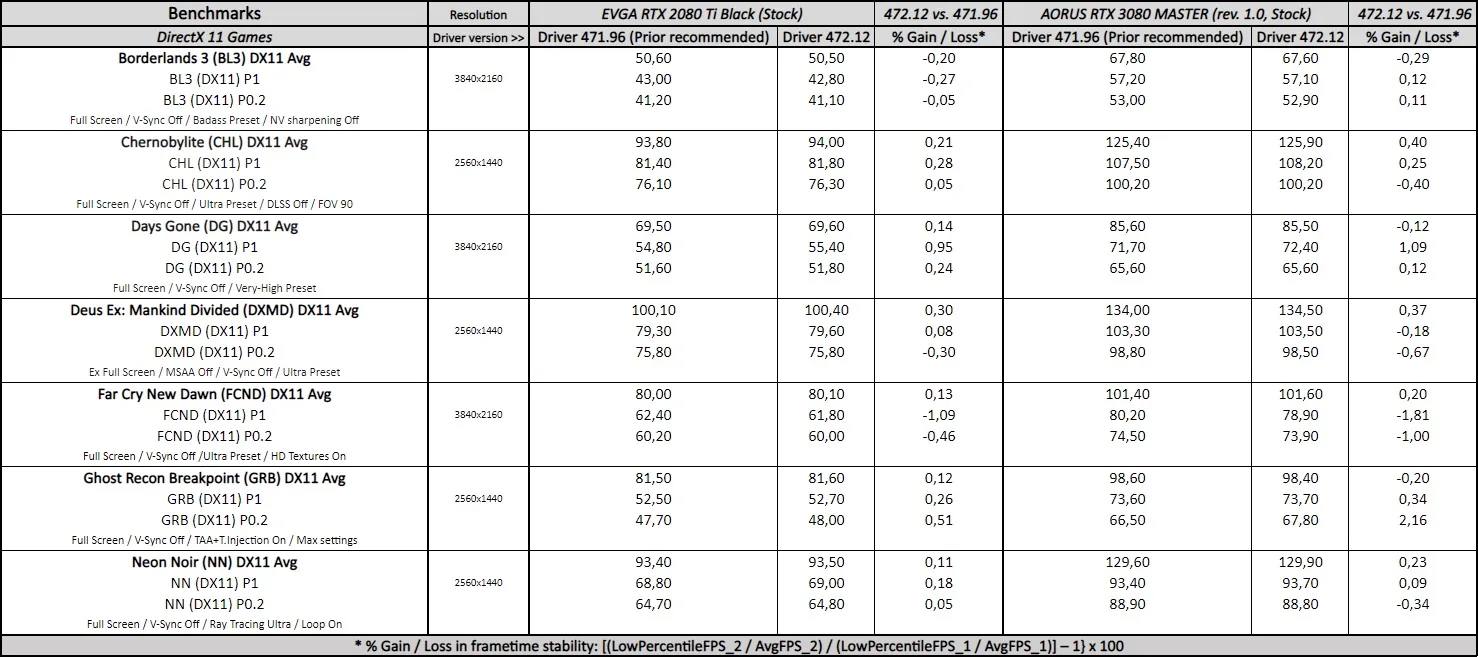
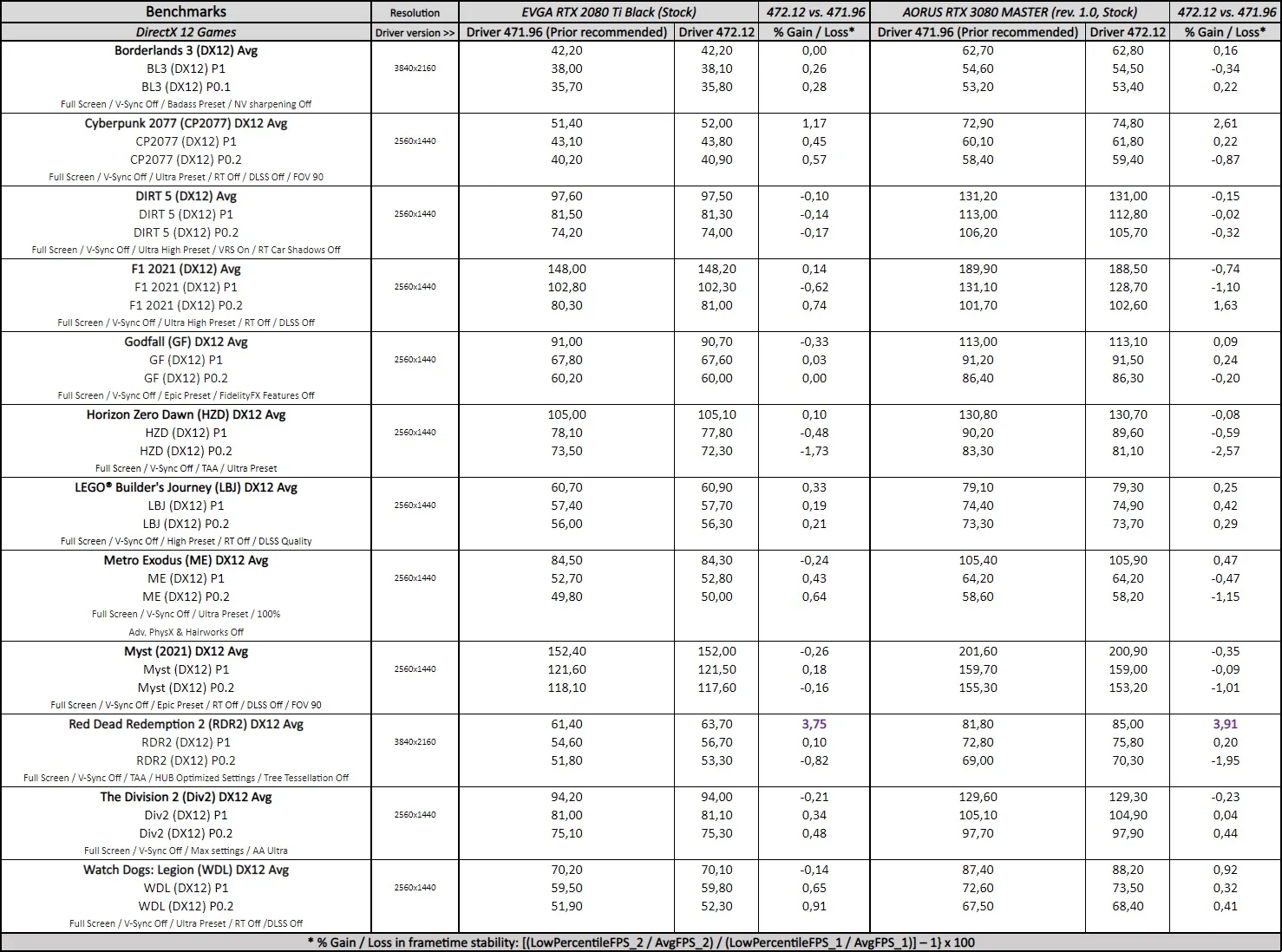

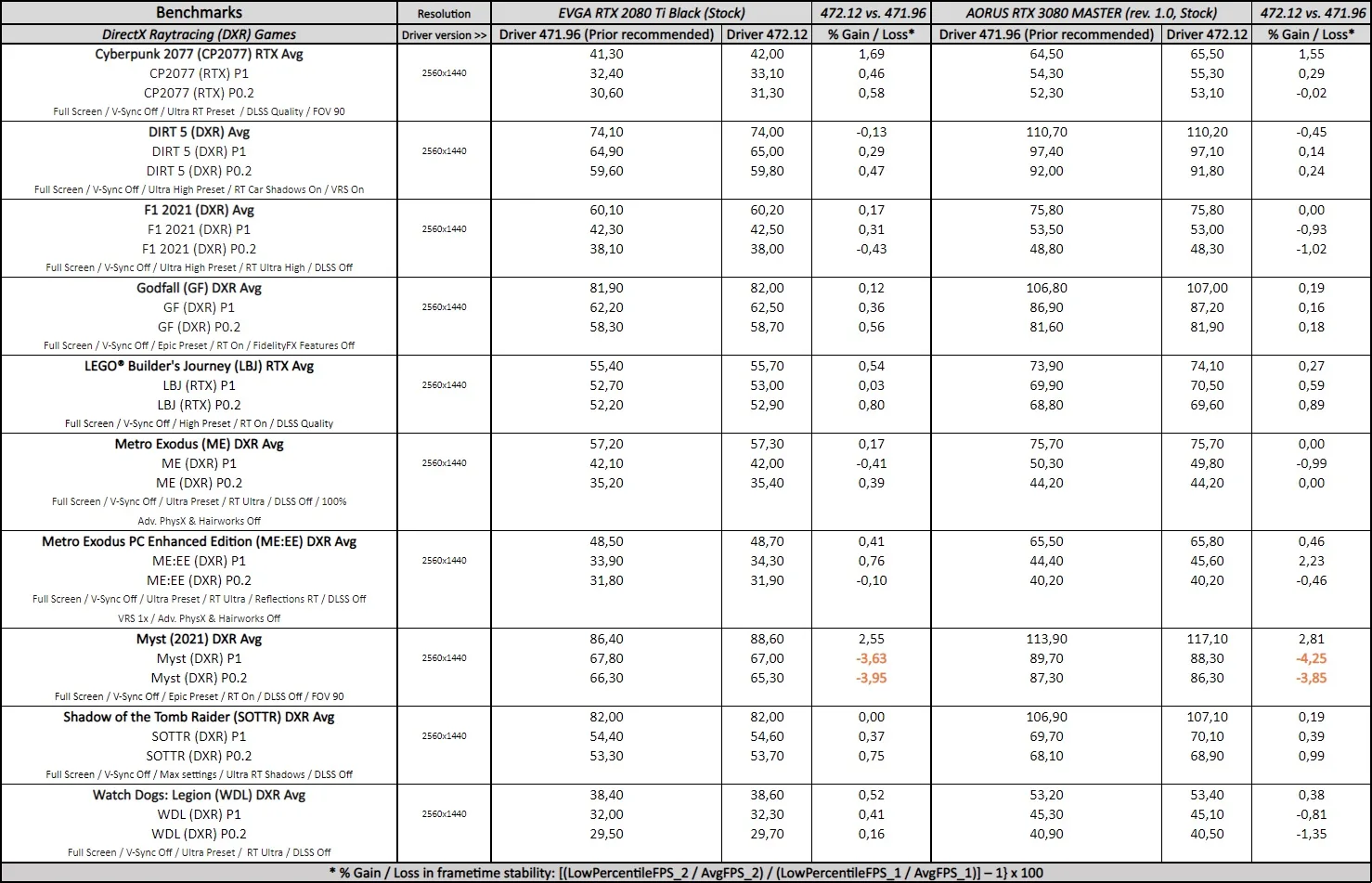

Notes on GeForce 472.12 Driver Performance
From the charts, we see no significant differences in graphics performance between drivers for both the hybrid and non-synthetic tests using both our RTX 3080 and RTX 2080 Ti.
For the game benchmarks, although most games show no significant differences when we move to 472.12 drivers from the 471.96 driver version using both GPUs, we see significant performance regressions in Red Red Redemption 2 (Vulkan API mode) in terms of raw performance, in Myst (2021, DXR API mode), in terms of frametime stability, and a significant performance improvement in Red Dead Redemption 2 (DX12 API mode) in terms of raw performance.
However, this time, we cannot rule totally out the possibility that all these significant performance differences may also be due to the latest and most recent updates to these games.
Disclaimer
Please be aware that the following results, notes, and the corresponding driver recommendation are valid for similar Ampere and Turing gaming rigs on Windows 10 v21H1. Its representativeness, applicability, and usefulness on different NVIDIA GPU architectures, testing benches, and MS Windows versions may vary.
Conclusion
Based on our previous results and findings, we recommend Ampere and Turing users to update to the latest GeForce 472.12 driver. Its raw performance and smoothness or frametimes consistency level are overall on par with our previously recommended driver 471.96 using both NVIDIA GPU architectures.
From a qualitative point of view, there are important reasons that also make it advisable to upgrade to version 472.12. These reasons include support for the official release of Windows 11, its higher level of driver bug fixes, the optimizations for the latest games, and support for the latest NVIDIA technologies.
Let’s Play!
***
Rodrigo González (aka ‘RodroG’) is an enthusiast gamer and tech reviewer especially interested in shooter games, open-world role-playing games, and software and hardware benchmarking. He is the author of the NVIDIA WHQL Driver Performance Benchmarks Series and founder and moderator of the r/allbenchmarks community on Reddit.
Comments are closed.